Your playground not only represents a long-term investment but a safe haven for children of all ages and abilities. Playgrounds need to be inspected on a regular basis to ensure equipment is safe for children to play on. Maintaining the equipment and safety surfacing is your responsibility, and will provide a better user experience for children and their families. Inspecting your play equipment not only keeps it safe but limits your organization's liability by showing an effort of maintaining the play space.
When a playground is new and has recently been installed, performing a safety audit is always a good idea. An audit is generally performed once in the lifetime of a playground. A comprehensive audit verifies compliance with CPSC and ASTM playground safety guidelines and identifies serious and potentially life-threatening situations.
Playground safety inspections can be classified into two categories— high and low-frequency inspections. High-frequency inspections are done more often briefly checking each playground item and the surrounding environment. They can be done on a daily or weekly basis looking for such things as vandalism, twisted swing chains, broken swing seats, exposed concrete footers, loose bolts or rails, broken glass, standing water, etc.
Low-frequency inspections are performed on a regular basis and evaluate the structural integrity of each piece of equipment and its surfacing. Low-frequency inspections are a more detailed examination conducted monthly, quarterly, or annually that check each playground inventory item. These inspections are inventory specific and check for proper surfacing depth, entanglements, head entrapments, loose components or footers, excessive wear, missing hardware and any other situations that create a hazardous play environment.
ADA assessments are another form of evaluating or inspecting a play space and ensure all users can access and play on the playground. ADA assessments check to make sure the playground meets the required minimum ADA standards. This type of assessment checks for an accessible route to the play area, safety surfacing with the correct use zone, turning spaces and composite structure platforms, number of elevated play events, the number of ground accessible play events etc. In short, an ADA compliant playground will be:
- Be accessible via ramps and/or paved, barrier-free travel routes;
- Include a range of accessible play options; and
- Provide an appropriate surface beneath all accessible equipment
Safety surfacing is another very important part of maintaining your playground. Approximately 75% of all injuries on the playground are a result of falls to the surface. Playground safety surfacing can be tested for impact attenuation.
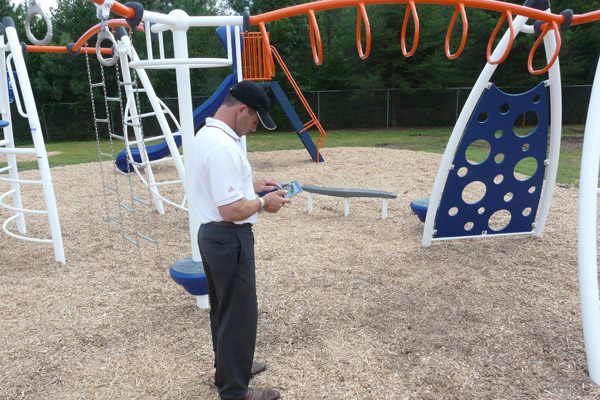
Impact attenuation of playground surfacing material is the measure of its shock absorbing properties. The shock absorbing properties are measured by dropping an instrumented metal headform onto the surface and recording the force of impact and the time of deceleration. The specifications for impact attenuation are found in ASTM International Standard F1292, “Standard Specification for Impact Attenuation of Surface Systems Under and Around Playground Equipment.” The purpose of this specification is to reduce the likelihood of life-threatening head injuries.
Inspecting and maintaining your playground not only makes good sense but is your responsibility. If properly maintained, your playground can provide children and their families with a safe place to play, learn and grow for decades to come.


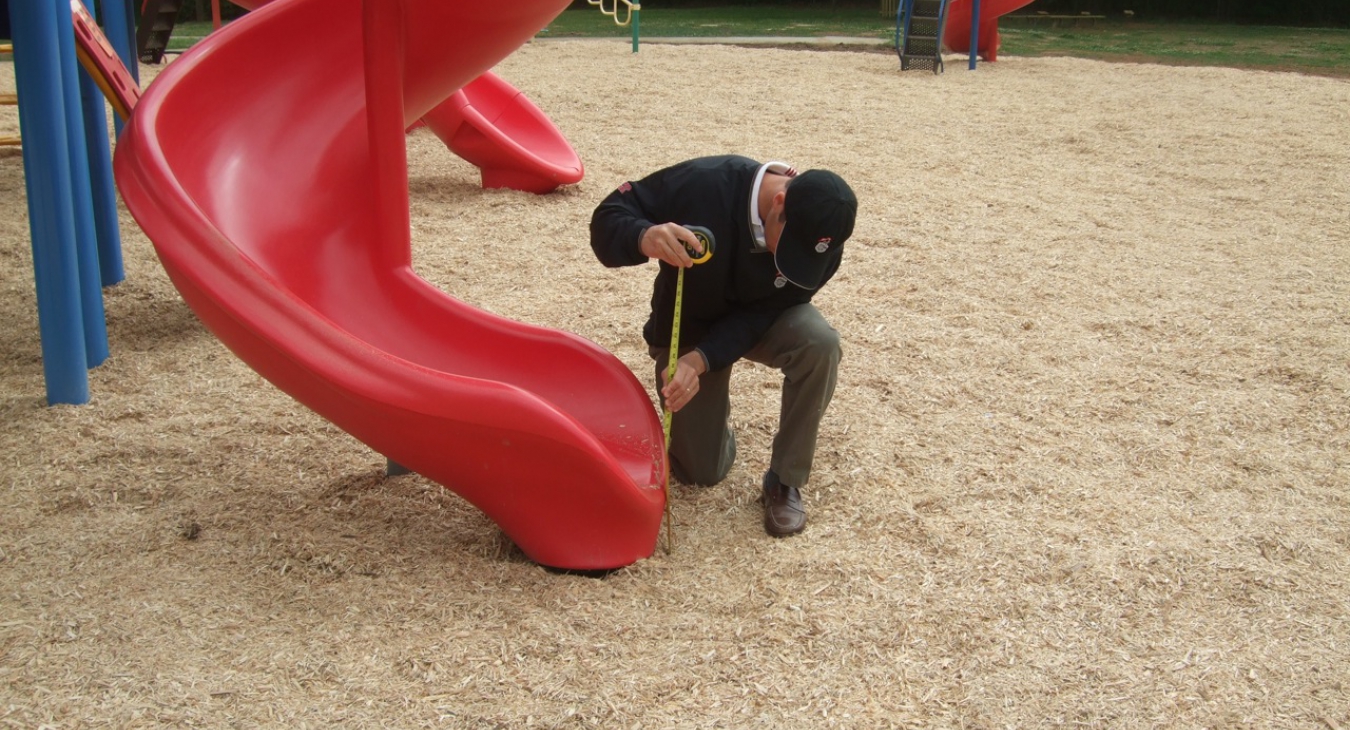
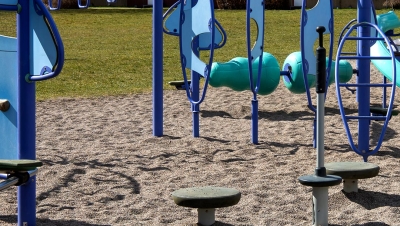
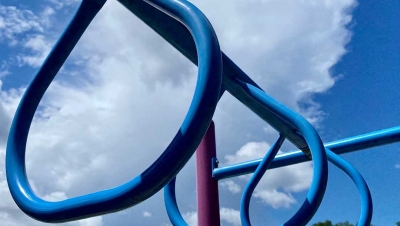
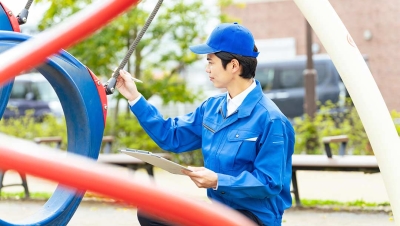



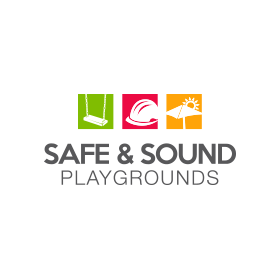
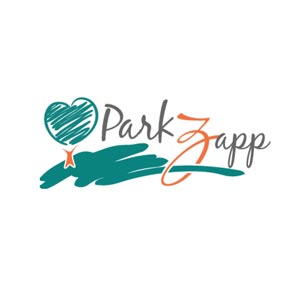
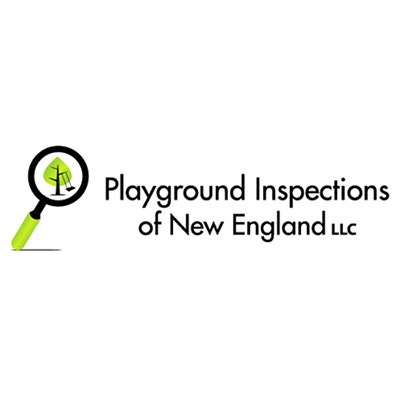
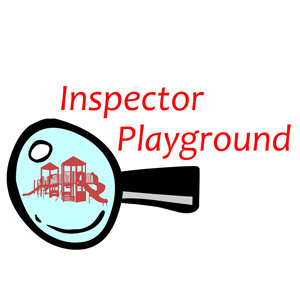

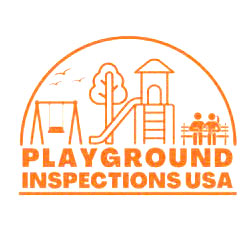
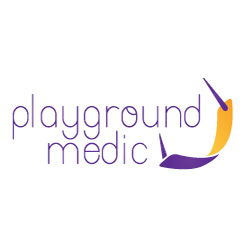
Wow! Excellent advice. Where
Wow! Excellent advice. Where have I heard this advice before?9